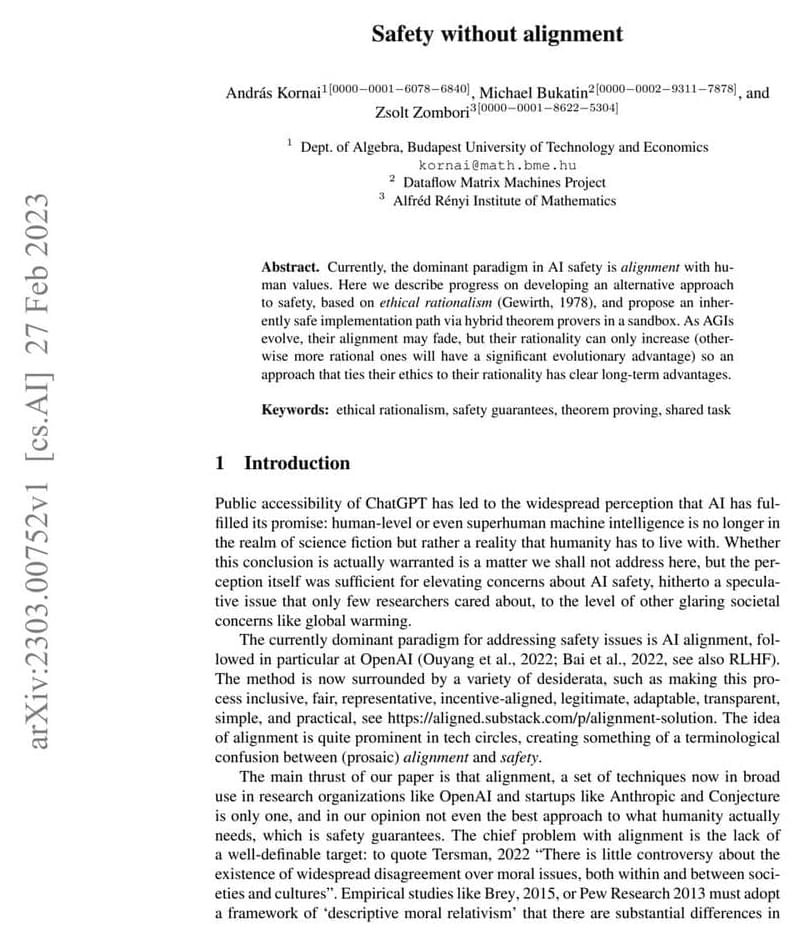Slimy biofilms made up of bacterial and eukaryotic life forms have taken over an abandoned, flooded uranium mine in Germany.




A water-based detector has been used to spot antineutrinos from nuclear reactions hundreds of kilometres away. It could be used to monitor distant nuclear activities.



Glass nanoparticles trapped by lasers in extreme vacuum are considered a promising platform for exploring the limits of the quantum world. Since the advent of quantum theory, the question at which sizes an object starts being described by the laws of quantum physics rather than the rules of classical physics has remained unanswered.
A team formed by Lukas Novotny (ETH Zurich), Markus Aspelmeyer (University of Vienna), Oriol Romero-Isart (University of Innsbruck), and Romain Quidant (Zurich) is attempting to answer precisely this question within the ERC-Synergy project Q-Xtreme. A crucial step on the way to this goal is to reduce the energy stored in the motion of the nanoparticle as much as possible, i.e. to cool the particle down to the so-called quantum ground-state.
From burgers to sausages and steak tips to chicken nuggets, there’s no shortage of plant-based “meat” products on grocery store shelves and in restaurants these days. Companies like Beyond Meat and Impossible Foods have done an impressive job diversifying their offerings, with almost any processed meat you can think of now on their lists (even beef jerky and popcorn chicken). But a key cut of meat is still missing from these big names’ menus: a good old-fashioned filet, just like the cows make ‘em.
I served the steak with quinoa and sauteed veggies, and after a few bites, I couldn’t deny it was both tasty and had a pleasant texture. Did it taste or feel like a real steak? Not really. The real meat it most reminded me of was rib meat, the kind that easily pulls off the bone when the ribs have been slow-cooked; soft and tender, but not dried out. The plant-based steak had a distinctly fatty-like mouthfeel without the excessive oiliness you sometimes get from animal fat.
Marbling Mystery
Achieving this texture, and a realistic “marbling” effect, has been one of the biggest challenges for plant-based meat companies. How do you replicate—with plants—animal tissue that has thin ribbons of fat running through it?

The most famous one is the cell phone itself: Captain Kirk’s communicator inspired the folks at Motorola to make the first handheld mobile device in 1973. Star Trek: The Original Series (popularly called TOS) from the 1960s also inspired video conferencing. But things started to amp up when, in 1987, Star Trek: The Next Generation (aka TNG) hit the floors, with Sir Patrick Stewart in the lead. It became one of the most syndicated shows on television—which is how I discovered it in mid-90s India on the Star network. It fundamentally impacted my life, inspiring me to become the technology writer I am today.
But more than me, this show heralded more technological concepts that are becoming increasingly real. The LCARS computer on the Galaxy-Class USS Enterprise D is basically the foundation of what Google is today. Google’s former head of search, Amit Singhal, often said that the company is “trying to build the Star Trek computer”.
Regeneration, Resuscitation & Biothreat Countermeasures — Commander Dr. Jean-Paul Chretien, MD, Ph.D., Program Manager, Biological Technology Office, DARPA
Commander Dr. Jean-Paul Chretien, MD, Ph.D. (https://www.darpa.mil/staff/cdr-jean-paul-chretien) is a Program Manager in the Biological Technology Office at DARPA, where his research interests include disease and injury prevention, operational medicine, and biothreat countermeasures. He is also responsible for running the DARPA Triage Challenge (https://triagechallenge.darpa.mil/).
Prior to coming to DARPA, CDR Dr. Chretien led the Pandemic Warning Team at the Defense Intelligence Agency’s National Center for Medical Intelligence, and as a naval medical officer, his previous assignments include senior policy advisor for biodefense in the White House Office of Science and Technology Policy; team lead for Innovation & Evaluation at the Armed Forces Health Surveillance Branch; and director of force health protection for U.S. and NATO forces in southwestern Afghanistan.
A proud mentor to nine graduate students and Oak Ridge Institute for Science and Education (ORISE) fellows, CDR Dr. Chretien received the Rising Star Award from the American College of Preventive Medicine, Best Publication of the Year Award from the International Society for Disease Surveillance, and Skelton Award for Public Service from the Harry S. Truman Scholarship Foundation. He has published over 50 peer-reviewed journal articles and 10 book chapters.
CDR Dr. Chretien earned a Bachelor of Science degree in political science from the United States Naval Academy, Master of Health Science in biostatistics and Doctor of Philosophy in genetic epidemiology degrees from the Johns Hopkins Bloomberg School of Public Health, and a Doctor of Medicine degree from the Johns Hopkins University School of Medicine. He completed his residency in general preventive medicine at the Walter Reed Army Institute of Research and fellowship in health sciences informatics at the Johns Hopkins University School of Medicine.
